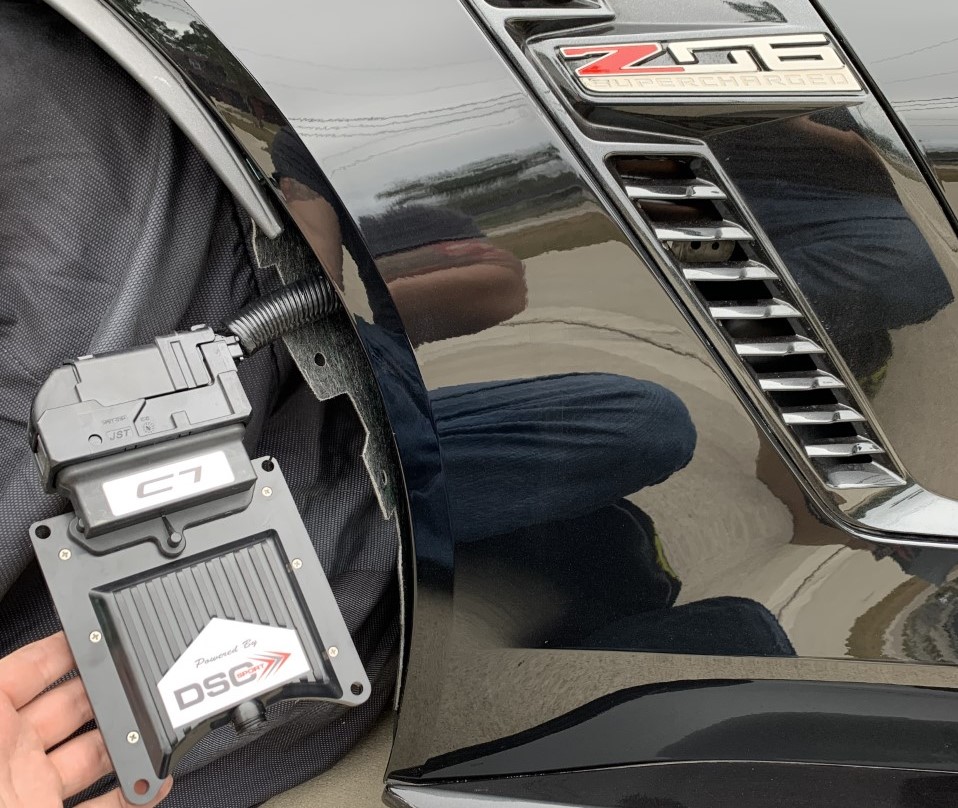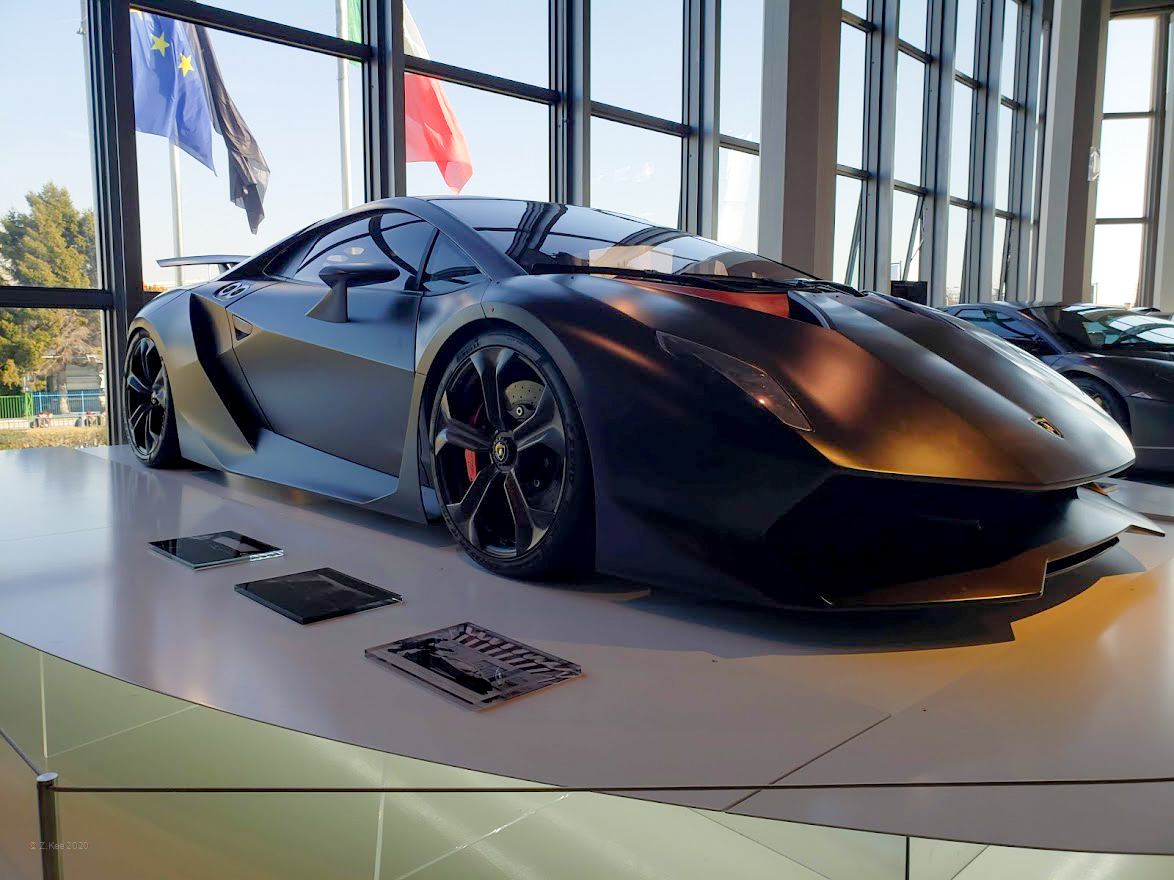I currently own a 2019 Corvette Z06, a non-Z07 vehicle. I came from a 2018 Camaro SS 1LE prior to this. The handling, confidence, and poise that the Camaro provided was intoxicating. The Corvette provided similar handling characteristics but felt less stable and controllable under the same loads. Often times, you’ll hear reviewers mention that the C7 feels nervous under heavy acceleration, heavy braking, or upon exiting a turn. The tires were less sticky than what was offered on the Camaro SS 1LE but, the Corvette was marginally lighter and had a wider tire in the rear than the Camaro (same width tires in front, however). So, why was there a difference and how could I address it?
Well, the Camaro had a 52/48 weight distribution and the C7 Z06 has a 50/50 weight distribution. You could argue that the C7 Z06 should be more neutral and balanced but, it still inspired less confidence around turns–regardless if it was flat out faster than the Camaro, it didn’t feel as good. It really boils down to the chassis itself and how it came from the factory. The Alpha chassis is a world-class handing chassis and the current generation Camaro utilizes that chassis. Just take a quick gander at how absurdly fast the SS 1LE or ZL1 1LE is around a road course and then consider their weight and their price. Yes, the C7 Z06 is faster than both but, it largely has to do with weight than it does from anything else. Still, what can be done to make it feel more planted and inspire the driver the same way as the Alpha chassis does?
There is a rather small market of available aftermarket suspension components for the C7 Z06. There’s a selection of aftermarket sway bars, some coil-over kits that replace the magnetic-ride dampeners, and a few miscellaneous products. The wide gamut of products you might be used to seeing on a Mustang or Camaro just isn’t available on the Corvette. GM, however, does allow for a bit of end-user adjustability. The current generation Corvette still utilizes leaf springs. Yes, I know. That sounds dreadfully archaic but, it still works for that platform. The leaf springs sit on perches on each end of the vehicle. These perches can be adjusted by rotating a nut and thereby adjusting the ride height of the vehicle. This is especially important to know because as many Corvette owners will tell you, the ride height is not consistent from the factory and since each wheel can be adjusted individually, it is certainly not even, either.
So, the ride height adjustability can be great, whether for aesthetic reasons, corner balancing, or for setting up a flat ride height (neutral). But what else can you really do to tighten up the suspension of the vehicle besides the aforementioned aftermarket suspension components? Well, that’s where DSC Sport comes in.
DSC Sport offers an aftermarket suspension controller module to substitute for the GM stock suspension controller that sets the parameters for the magnetic-ride suspension. This controller features customizable settings for each of your vehicle’s drive modes. However, the module does come preloaded with default settings, so that the end-user isn’t forced to immediately begin working on their suspension settings. The stock GM controller adjusts your suspension to road conditions upwards to 1000x a second, given the parameters in place for each drive mode. Every drive mode will have a beginning and end-setting for stiffness. No matter how hard you drive the car, it will never adjust itself outside of these parameters.
DSC Sport’s controller is a velocity-based system, adjusting each individual shock in real-time with a far greater level of preciseness than the stock controller. Once the controller is installed, the only real thing that the end-user must do is zero out their suspension ride height. I would say, however, that I cannot recommend enough that you get a proper alignment per DSC Sport’s recommendations for how you intend to use the vehicle. That can make or break your experience with this device.

The system allows the end-user to adjust suspension ranges in each drive mode to allow for a more comfortable ride, a more sporty ride, or if you want, a ride that will be very, very stiff. It also has launch control features and an Accel Table that allows the end-user to adjust how the suspension reacts to a strong application of throttle. In its default settings, the suspension controller will allow the rear of the car to squat and the front of the car to raise under the initial load. But the wonderful thing about the system is, as soon as you have traction and you’re moving forward, the system will revert back to its 50/50 settings or however you’ve programmed it. So that at high speeds, you retain stability and no longer have to sacrifice high-speed stability for low-speed traction.
While I have not adjusted many settings, I have ensured that my vehicle is setup with the Street/Track alignment, is fully lowered on stock bolts (DSC Sport recommends the stock ride height) and I have zeroed out the ride height with me sitting in the driver’s seat, which is very important to do. I contacted DSC Sport to see if there would be an issue with running their setup on a fully lowered car and they assured me that it would be fine. But that if I wanted to, I could increase the dampening by another 10% to help ensure I would not bottom out on hard turns.
REVIEW
The second I drove the car with the controller in place, I immediately noticed a difference. Each time I have driven the car, I am surprised at how well balanced the car feels and how much more confidence-inspiring it is in general. There is virtually no perceptible nose dive, pitch, roll, etc. The car is just flat. Previous to any modifications to the vehicle, I could floor the car at 60mph without warming up the stock Michelin Pilot Super Sport tires and have it dead hook at 50 degrees out. Some adjustments to the settings need to be made now that I am no longer at the stock power output.
I cannot recommend this modification enough to anyone out there who may be considering something like this. Most Corvette owners may not even think of this modification or think that the suspension software update offered by GM on older Z06 models is more than sufficient. I have a 2019 model year, which came from the factory with these updates and I can tell you first hand, this is a completely different vehicle post-modification, for the better.
You can find out more information about the controller, the company, and if they support your vehicle at DSC Sport’s website.





